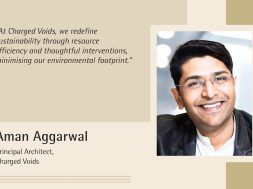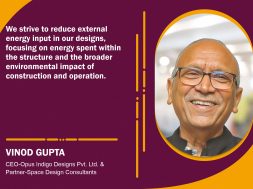Charged Voids rethinks sustainability through resource optimisation
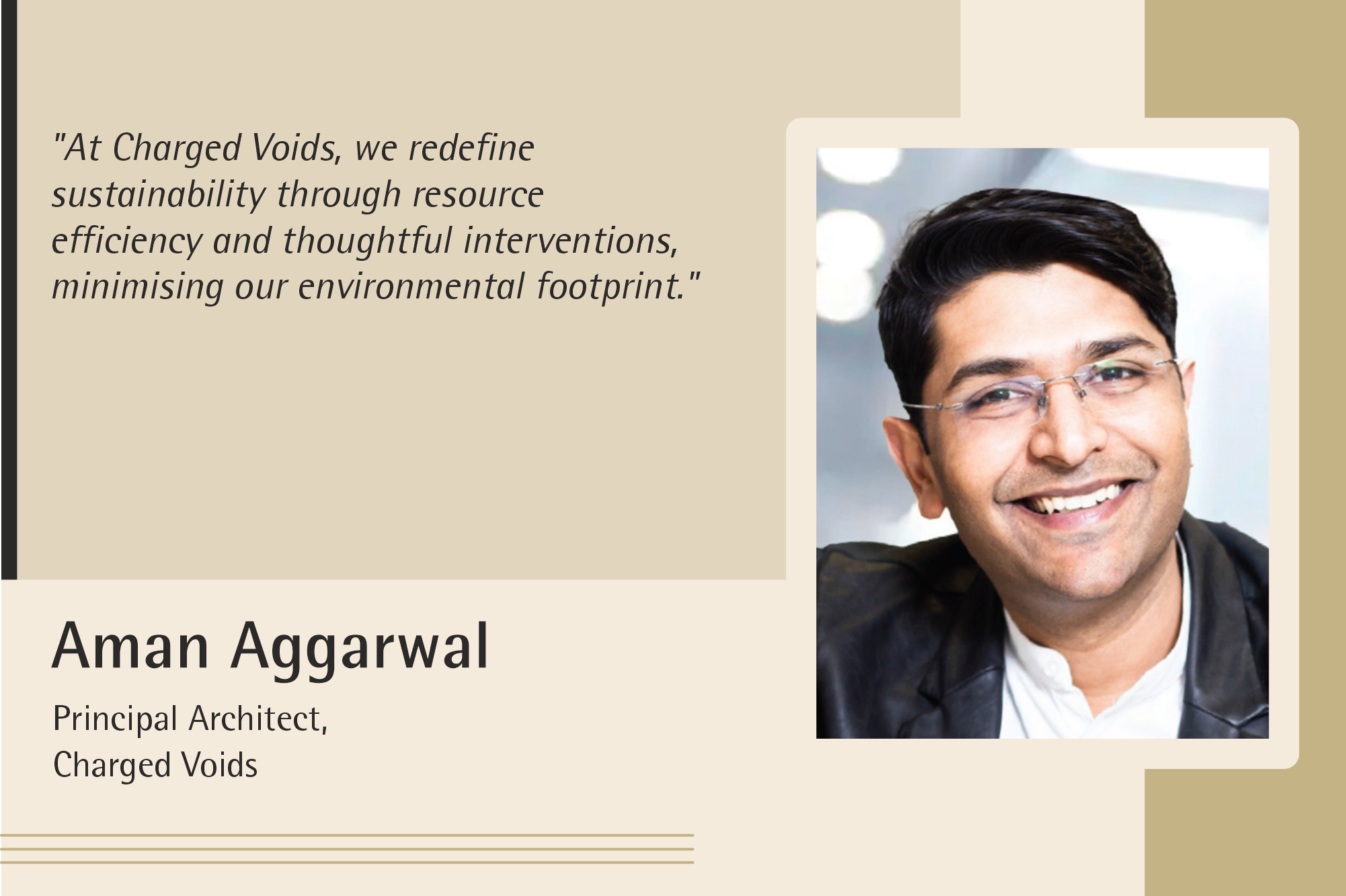
The discussion explores green building elements, emphasising energy efficiency and using locally sourced materials.
What is your underlying philosophy regarding incorporating sustainability into your designs, especially in the context of green buildings?
At Charged Voids, we transcend the conventional definitions of sustainability by maximising a project’s primary resources for optimal efficiency. Sustainability involves reducing resource usage across the entire lifecycle. Passive interventions, such as planning for decreased reliance on artificial lighting and ventilation, complement this perspective.
For us, green building practices embody a holistic understanding of resource management and approaches that minimise a building’s environmental footprint during its construction and its lifetime.

Can you highlight a green building project you’ve been involved in?
The RIMT School in Mandi Gobindgarh, Punjab, is situated within a dense industrial zone. The campus design uses interstitial green patches to create a healthy learning environment. The school’s modular design, utilising locally available grey fly ash bricks, ensures cost-effectiveness and environmental responsibility. This material enhances thermal comfort within the rooms and, coupled with multiple open spaces, significantly contributes to the overall environmental performance.
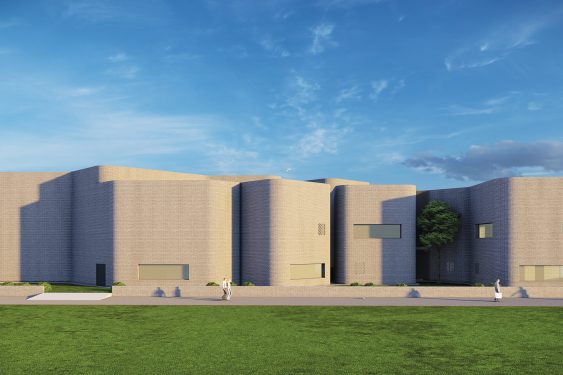
How do you approach the design process to maximise energy efficiency?
The school’s structure consists of cuboidal modules arranged in a rotated manner, creating self-shading units throughout the day. Interstitial spaces between modules form open green pockets, allowing abundant light and ventilation, thus minimising the need for artificial lighting and cooling. The site design optimises energy resources by aligning with local sun and wind patterns, fostering a natural inside-outside dynamic.
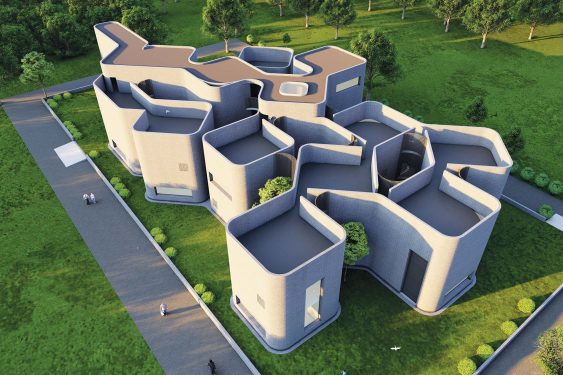
What criteria do you use to choose environmentally friendly materials?
We prioritise locally sourced materials as the most sustainable option, ensuring ease of procurement. Locally obtained materials not only support local businesses but also guarantee cost-effectiveness. In the case of RIMT School, the use of locally available grey fly ash bricks, produced from industrial waste, exemplifies an environmentally responsible and cost-effective choice, enhancing thermal comfort within the rooms.
For more info visit: https://www.chargedvoids.in/
7
Cookie Consent
We use cookies to personalize your experience. By continuing to visit this website you agree to our Terms & Conditions, Privacy Policy and Cookie Policy.
